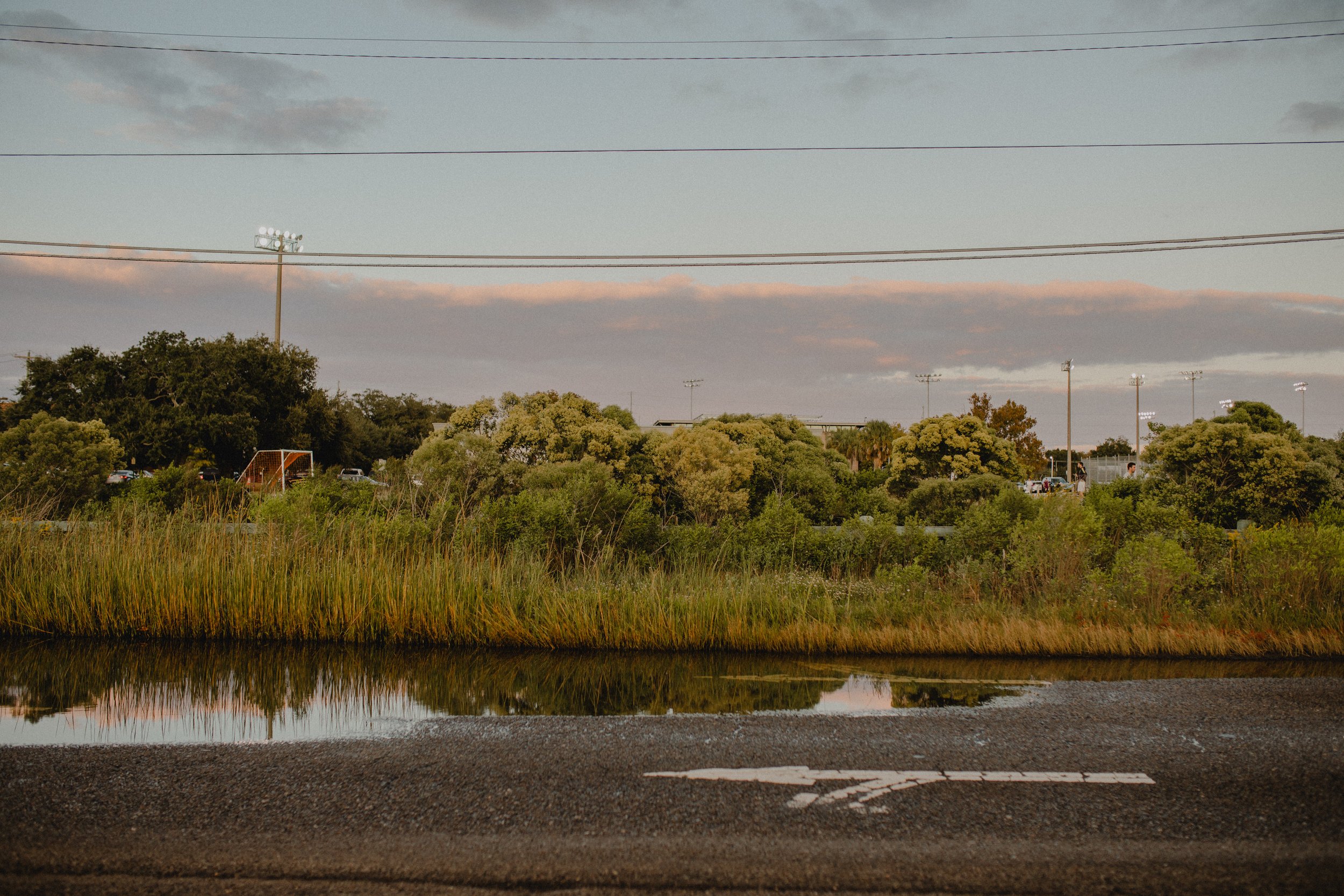
history of the ejcp
How did this project come about?
Environmental and social justice harms are part of the lived experiences of residents of the South Carolina Lowcountry, given the area’s coastal geography, climate vulnerabilities, and history of institutional racism, presently manifested in housing, education, economic, and health inequalities. From 2019 - 2022, we interviewed over 400 families in public housing communities in an effort to better understand and highlight these injustices. These conversations revealed high levels of exposure to harms that until then had not been sufficiently quantified or addressed. The experience of collecting and sharing these data served as the motivation for creating the Environmental Justice Community Profile. It became clear to us that:
The data needed to identify and accurately quantify the harms being experienced by communities often does not exist
When data does exist, it is often not shared with the communities from which it came
There is a clustering of harms that frontline communities experience, such that the straightforward environmental harms they experience are often amplified and exacerbated by the social, economic, legal, and cultural harms they also experience — a fact that is not being fully captured by existing metrics and data sources, which often focus exclusively on one (or a small subset) of the harms being experienced.
The desire to fully identify and articulate this “clustering” of these harms, and to find ways to get data about those harms into the hands of those most impacted by them led us to developing this website. We consulted with environmental justice experts across the country until we had a complete list of the dimensions of harms that communities experience (all captured under the umbrella of environmental justice), validating the current list of 29 dimensions. We then collected information on national and state-level data sources and data-related agencies and organizations. And then we began building this website.
Our ultimate goal is to provide the following for each harm:
Access to the most up-to-date national and state data sources
Contacts for agencies and organizations likely to possess (or be able to collect) data
Information about current efforts for data collection in which communities can participate
Best strategies and methodologies for community-wide data collection (especially where existing data is lacking)
Why is the EJCp needed?
We believe everyone should should have access to data about harms in their communities, regardless of expertise. We aim to equip communities with data to successfully advocate for solutions. Data empowers communities engaged in advocacy by providing documented evidence of environmental justice harms. And providing data related to a comprehensive list of harm helps communities and the organizations they work with better conceptualize and articulate how the clustering of harms increases the negative impacts they experience. This also encourages comprehensive policymaking.
What makes the EJCP unique?
The EJCP builds upon the work of existing data efforts by:
Providing a centralized platform that links to data sources for a comprehensive list of harms
Identifying and listing relevant regional, state, and local contacts
Providing information on how to mitigate harms
Designing methodologies for data collection where gaps exist or existing data is insufficient
